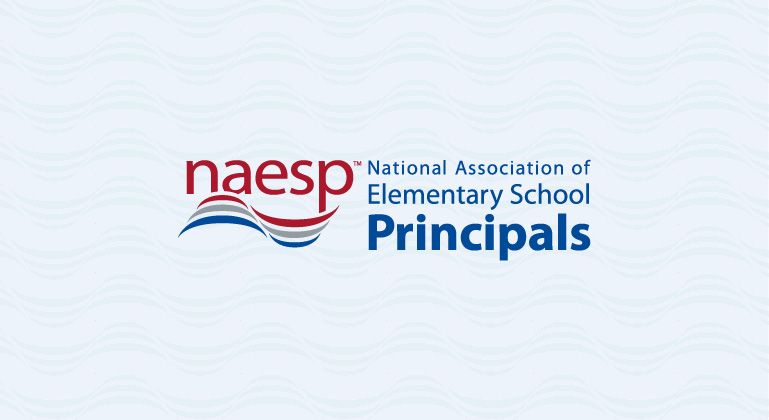Advocacy Update: July 2019
The House proposes a major school funding boost; NAESP pushes for legislation improving principal preparation and weighs in on making the internet more affordable for schools through the E-Rate program.
Show Me the Money!
On June 19 the U.S. House passed legislation that would significantly increase funding for key federal education programs (see graphic below). The bill would provide a critical boost in funding to schools across the country helping to ensure adequate resources to boost student learning, create safe and welcoming learning environments for all students, and support principal and teacher professional development. Importantly, the bill provides $2.6 billion—a $500 million increase—for Title II, Part A, the only federal funding source dedicated to the preparation, training, and support of teachers and principals, including professional development opportunities. The bill increases funding for other vital programs as well, including Title IV, Part A, which provides schools with resources to increase access for in-school mental health services. Additionally, the measure includes $260 million for a Social and Emotional Learning (SEL) Initiative to support SEL and the whole student. NAESP has called on the U.S. Senate to adopt the education funding levels included in the House-passed bill.
Federal Legislation to Improve Principal Preparation on the Horizon?
The Higher Education Act (HEA)—last authorized in 2008—remains a top legislative priority for NAESP this congress. NAESP and other K-12 groups have endorsed the PREP Act, introduced in March by Senators Kaine and Collins, which strengthens educator recruitment, preparation, and retention. The bill also includes provisions focused on minority recruitment, “grow-your-own” initiatives, and provisions to address teacher shortages. Most importantly, the PREP Act includes measures to boost clinical-oriented preparation and residency models that are critical to preparing principals to be better meet the day-to-day challenges in schools. Earlier this spring, HELP Committee Chairman Lamar Alexander indicated his goal was to release a bipartisan bill before Memorial Day. So far, the Chairman and Ranking Member Murray have yet to reach consensus on a bill, but hope remains that proposed legislation will be released before August recess to allow sufficient time this fall for committee hearings.
To Cap it Off
In March, the House Budget Committee advanced legislation that would raise defense and non-defense discretionary (NDD) caps for FY20 and FY21. Under the bill, NDD would receive $631 billion in 2020 and $646 billion in 2021—a 5.7% increase over current funding levels. Without Congressional action, NDD and defense programs for 2020 and 2021 would be governed by the 2011 Budget Control Act, which would force a 9% ($55 billion) cut from the FY 2019 NDD appropriated level. In April, House Democratic leaders attempted to bring the legislation up for a vote, but it was derailed by progressive House members who wanted larger increases in NDD funding and reductions in defense funding. In June, Speaker Nancy Pelosi, Senate Majority Leader Mitch McConnell, Senate Minority Leader Chuck Schumer and House Minority Leader Kevin McCarthy, met with Acting White House Chief of Staff Mick Mulvaney and Treasury Secretary Steven Mnuchin to discuss a potential caps deal, but talks have so far stalled.
Anyone Know the Wi-Fi Code?
NAESP recently weighed in on a proposal from the Federal Communications Commission (FCC), which would limit the amount of funding that the E-Rate program could make available for schools and libraries to improve internet access. The E-Rate program provides discounts for telecommunications, Internet access and internal connections to eligible schools and libraries making internet access more affordable. The FCC’s latest proposal could severely limit funding levels for schools and libraries. NAESP joined a coalition in calling for an extension on the filing deadline to allow ample time for advocates to weigh in on this proposal. NAESP will remain actively engaged in this issue in the coming months to ensure funding for E-Rate remains robust.
SCOTUS
On June 27 the U.S. Supreme Court ruled that the Trump Administration could not add a citizenship question to the 2020 Census. NAESP joined an amicus brief with other national education groups opposing the addition of the citizenship question—a move that could have a far-reaching and impact on schools. It is critical that the 2020 Census provides an accurate portrait of the population, considering the results determine how more than $675 billion in federal funding, including for education programs like Title I and school safety, is distributed to states and communities. An undercount would mean a decrease in federal funds to certain communities. NAESP will continue to advocate for an accurate U.S. Census that ensures a fair allocation of federal funding for education programs.


